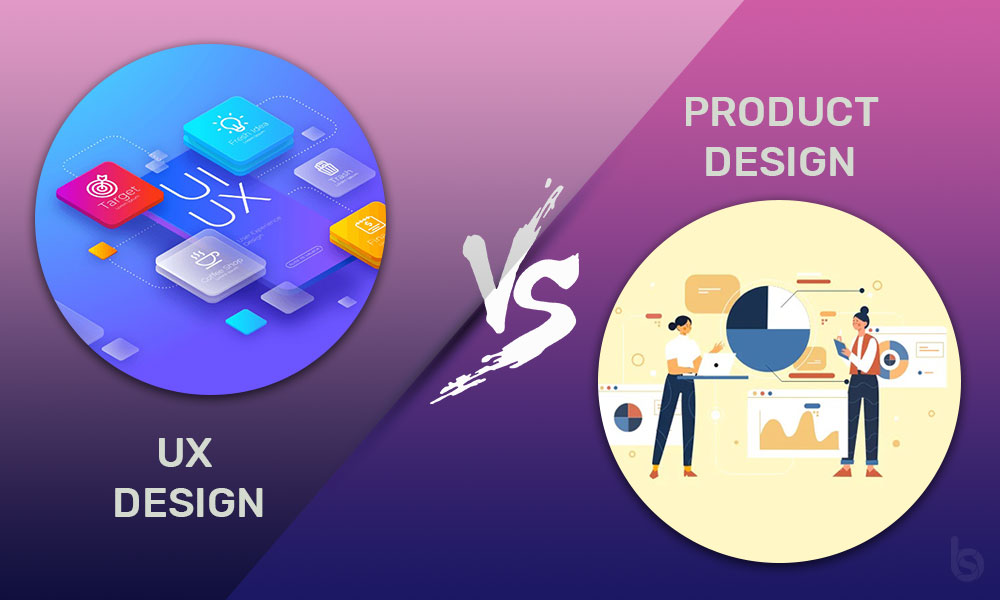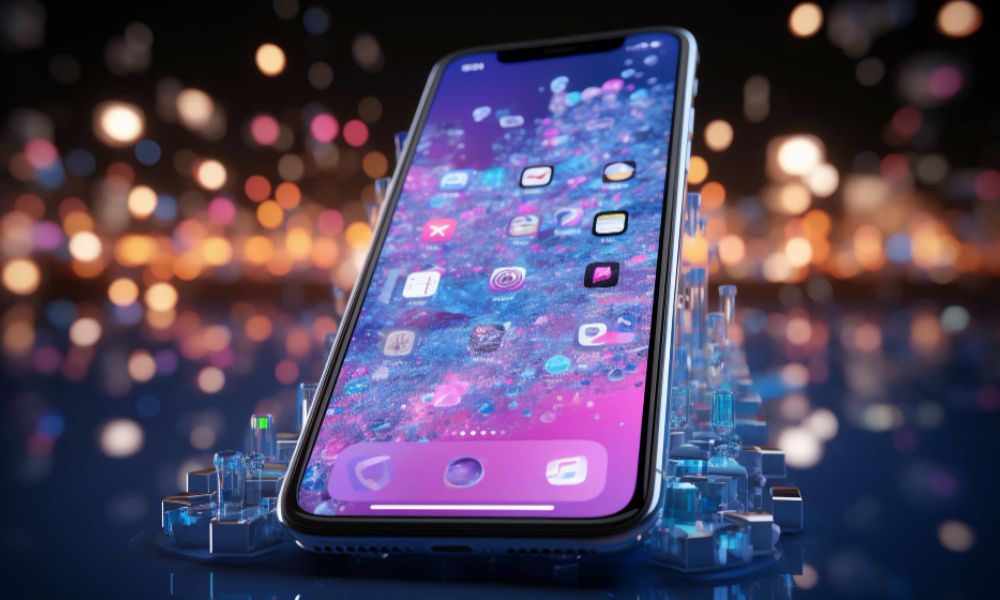Usually when I tell people I’m a designer, almost all of them assume my work revolves around aesthetics — making things look pretty. They do not understand that what they see (i.e., the design) is the result of customer research, a lot of testing, and usually some pivoting thanks to this testing. When most people look at a product (eg. a mobile app), they rarely realize how much work it took to transform it from a complex idea into a customer-friendly product.
As most people don’t understand what goes into the product design process, it’s safe to assume they don’t know the difference between product design and UX design. If you’re in that category, don’t worry I’m here to help.
The truth is, even veterans of the design and tech fields can have difficulties distinguishing the two, and in some companies, the terms are interchangeable. So what’s the difference? And if you’re just getting started in your career, how do you know which would be best for you?
There is not one MAJOR outstanding difference between the two! There are a few [small] things that make these two disciplines different. The skills are very similar, but it’s the questions that each person asks along the way that make the distinction.
Product Design vs. UX Design: What’s the Difference?
If you’re looking to break into a new field, it’s crucial to have an understanding of what you’ll do day in and day out. Let’s take a look at how a product designer’s typical day differs from a UX designer’s.
What Does a Product Designer Do?
To quote Henry Wu, “A Product Designer, at its core, is a problem solver.”
Product designers are well versed in multiple areas of design and have to oversee the full lifespan of a product: they must understand the business objectives, know (and adhere to) the budget, and seek to identify and address problems with the product. They focus on user experience, technical design, marketing, and more. And of course, they have to stick to a strict time frame.
To properly explain what a Product Designer is I like to reference a scene from one of my favorite movies “The Founder”, a film about the history of Mcdonald’s. In this scene, the McDonald brothers use chalk to draw kitchen plans on a tennis court, making it a prototype for a restaurant. Next, they bring out their staff to practice making burgers and fries and “choreograph it like some crazy burger ballet.” As they watch their employees rehearse, they listen to their feedback, see where efficiency can be improved, and update the chalk renderings. Finally—after six hours of tests, feedback, and revisions—they have what they feel is a perfect, efficient process that is ready to go into production.
As you can see, the McDonald brothers acted like product designers. First, they defined the problem. Next, they created low-fidelity prototypes. Then, they conducted user testing and refined their product based on user feedback. The result? The McDonald brothers put it best: “a symphony of efficiency.”
What Does a UX Designer Do?
The McDonald brothers wanted to give their customers a good user experience and in order to do so, they refined the process on the back end, realizing that the faster they made burgers the happier their customers would be, and the more burgers they could make the more customers they could have. They looked at both the customers’ needs as well as the business objectives. And clearly, it was a success.
While providing a good user experience is one component of a product designer’s role, it is the main goal of a UX designer.
UX design is what makes products easy to use thanks to consumer-friendly designs; a UX designer’s job is to look at the target market, understand their behavior and needs, and create a design that meets those needs. While a product designer must also focus on the needs of the business, a UX designer’s primary focus is making the customer happy.
Final Thoughts
I hope this helps clear up the difference between Product designer vs. UX designer and can help guide you down the right path. There are many parallels between the two: both require proficiency in design basics and programs as well as soft skills such as communication, curiosity, and empathy. Both focus on problem-solving. In fact, if you search “product designer” on any career search platform you’ll often receive results for UX designer or even “Product UX designer.”
The key difference is that a UX designer is concerned primarily with the customer journey, while a product designer is concerned with the customer’s experience as well as the goals of the business itself.




